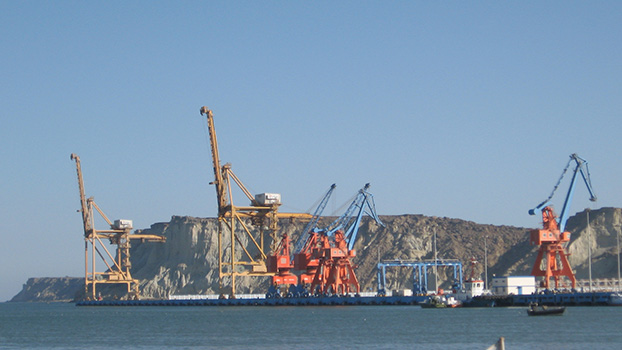
China's ambitious Belt and Road Initiative is President Xi Jinping's signature global growth and development strategy. The so-called "New Silk Route" is a network of overland and sea routes with plans for massive infrastructure and connectivity projects involving huge investments in Europe, Asia and Africa. But it also raises eyebrows in the West where the rise of China and its increasing influence is viewed with much scepticism. In South Asia, the Chinese are investing heavily in India's neighbouring countries like Pakistan, Bangladesh, and Myanmar, which worries New Delhi. But India stands to gain much by harmonizing its own "Act East" policy with the Belt and Road Initiative and by avoiding strategic competition that could escalate into armed conflict.
Subir Bhaumik, a veteran BBC journalist and author on regional conflicts in South Asia, is an expert in India’s East and Northeast and its neighborhood. Bhaumik is also a senior member of the Mahanirban Calcutta Research Group, a Kolkata-based think tank with which the Rosa-Luxemburg-Stiftung cooperates in India.